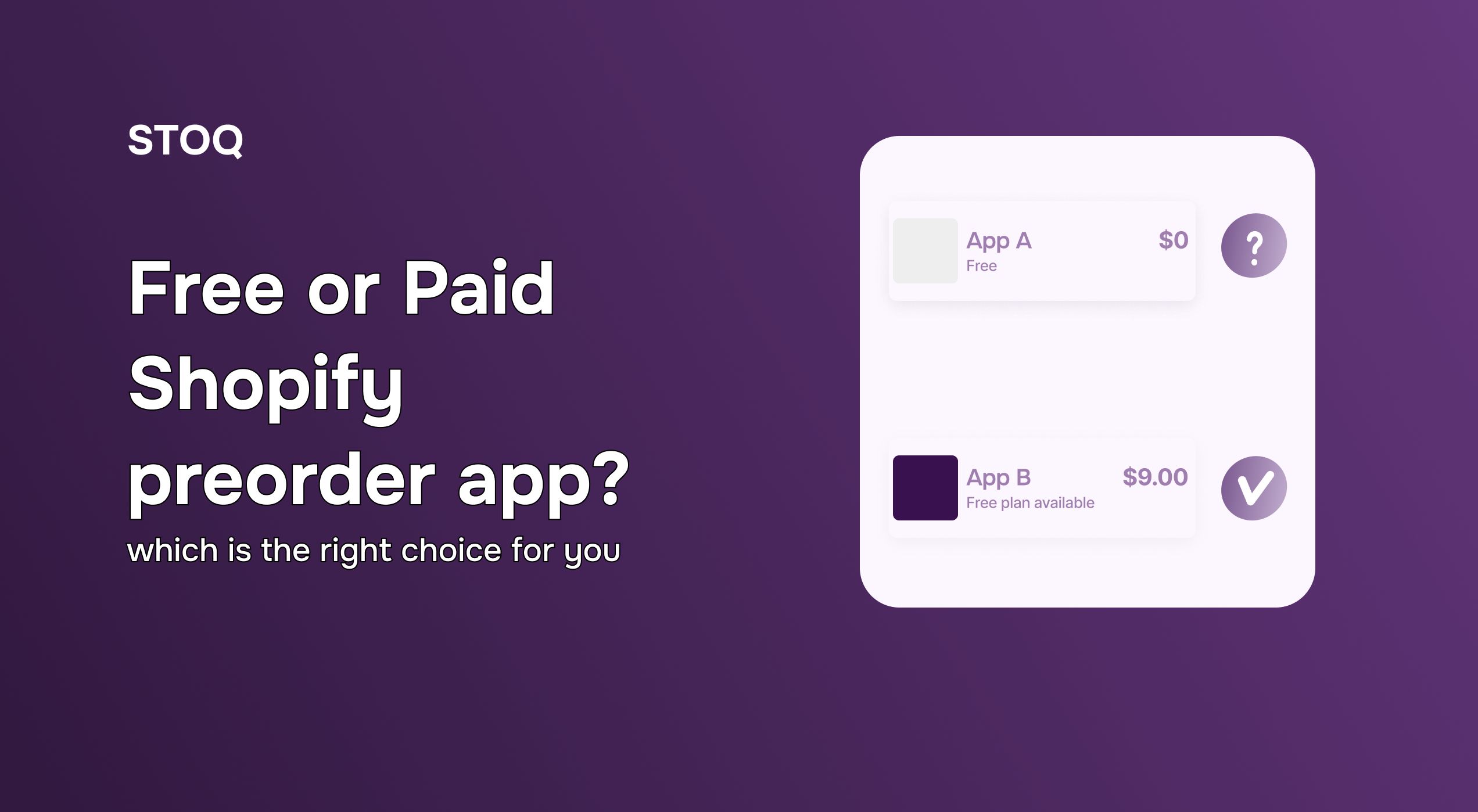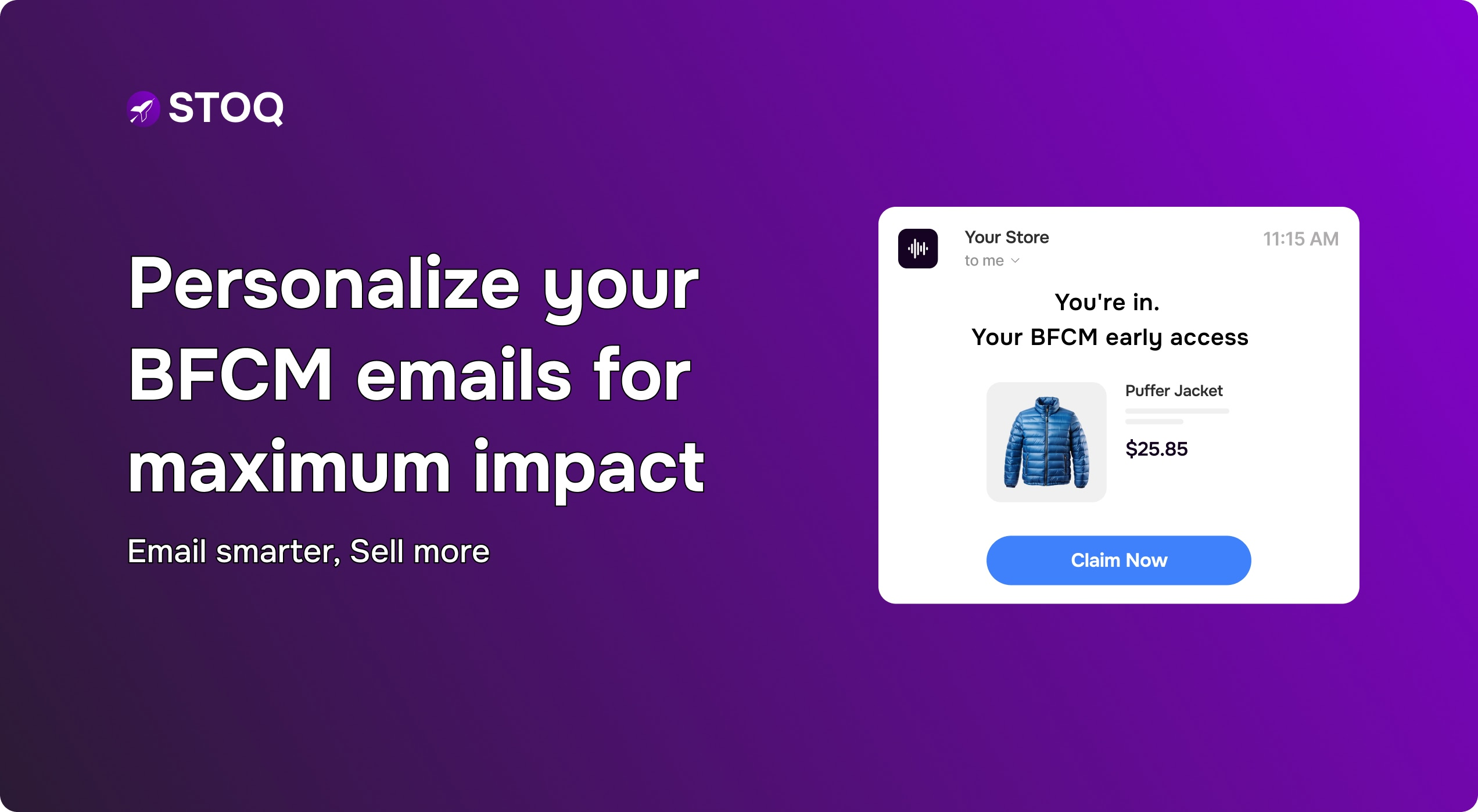How to Convert a Customer Lost to Product Stockouts

Imagine finding a product you love, clicking through a campaign to the website and landing on the product page - only to see ‘Sold Out’ in bold. Disappointing, right?
Product stockouts might feel like missed opportunities. But what if you could still win back that customer, even if they’ve moved on?
In this blog, we’re going to discuss the true cost of product stockouts, how back-in-stock alerts can recover lost sales, and strategies to re-engage those who have lost interest or chosen another brand to make the purchase from.
The hidden cost of product stockouts
Product stockouts feel like a win. But they’re equally a loss too - when you take into account the future.
They’re not just an inventory headache - they become silent revenue killers. Studies have shown that:
- 21-43% of consumers experiencing a stockout will go to another store to purchase the product
- Around 45% of consumers may delay the purchase, while 31% may not buy the product at all
- Frequent product stockouts can hamper brand trust, making consumers less likely to revisit your store in the future
(Source: IHL Group, Retail Insights)
Want to deep dive into product stockouts and their impact on your business? Download our Q1 restock alerts report now.
Set up the first line of defense with back in stock alerts
If the consumer hasn’t purchased from any other store yet, a well-timed back-in-stock alert can bring them back.
With a Shopify app like STOQ, you can add the ‘notify me’ button on stocked out product pages to capture buyer intent. The app then sends out a restock alert automatically as soon as the product is available again - bringing back the shopper without any extra ad spend.
We do recommend sending restock alerts on both email and SMS, and setting up strategic follow-ups to ensure the message isn’t lost. This could include a simple reminder, exclusive or time-sensitive discounts or small perks to motivate the purchase.
Also read: What is the ideal frequency of sending back-in-stock notifications
What do if the subscriber does not come back to your Shopify store
If a subscriber does not click through your restock alert, there are chances they may have lost interest in the product, have purchased it from another store or are possibly questioning the value it has to offer.
Either way, there’s still a way to convert them into customers. Here’s how:
1. Recommend complementary products
If they have bought a similar product elsewhere, you can bring the subscriber back by recommending related or complementary items they could use with it. You can set up an automated product recommendation email, SMS or ad based on their browsing history.
For example, “Did you purchase a yoga mat already? Check out our eco-friendly yoga blocks and strap!”
2. Offer exclusive discounts as a re-engagement strategy
Acknowledge the fact that you may have lost the chance to sell that specific product to them. In this case, you can send a targeted discount to recapture their attention. Use personalized coupon codes to make it feel exclusive and special.
For example, “We’re sorry you missed out last time. Here's 15% off on your next order [coupon code].”
3. Create urgency with limited-time offers
Even if they may have bought the product from another store, urgency can entice them to buy again or try alternatives. Pair the campaign with countdown timers in emails or SMS to drive maximum conversions.
For example, “Back in stock, but only 10 left at 25% discount. Don’t miss out twice!”
4. Introduce new arrivals or alternatives
If the subscriber is no longer interested in the product itself or the item is not restocked on the store, recommend newer arrivals or alternatives. Segment customers for ‘new in’ product launch campaigns to introduce them to ‘bigger and better’ things.
For example, “Our bestseller is back and with two new designs we think you’ll love!”
5. Run retargeting ads to stay top-of-mind
Even if they haven’t made a purchase yet, a subscription indicates that they trust your brand to some extent. Use this behavior to run retargeting campaigns on Meta and Google to stay in their sight.
With dynamic ads, you can introduce similar or upgraded products, promote exclusive bundles, highlight your store’s USPs and more.
6. Use content marketing to build loyalty
If a subscriber isn’t engaging yet, you may have to nurture their interest in your brand. Share content that rebuilds connection and positions your brand as the best choice. But ensure you include clear CTAs that nudge them to explore products or shop from you.
For example, send styling guides, product usage tips, customer testimonials highlighting quality, etc.
7. Run a survey to understand needs
If the subscriber has gone cold, use the communication channel to get to know them better. Run quick surveys to ask what made them buy elsewhere, what products they’d like you to restock and what you can improve for them.
We do recommend incentivising the campaign to encourage participation. This could include an exclusive discount or free shipping on their next order.
8. Offer loyalty perks to win them back
If they’re an existing customer who purchased the product elsewhere due to the stockout, lure them back with loyalty perks. Integrate with your loyalty program workflows to identify existing customers, understand their engagement rate and create/ offer perks based on their journey with the brand.
For example, “We’re sorry for the wait! Earn double the points on your next order as our way of saying sorry!”
Conclusion
Stockouts are inevitable.
But losing customers permanently doesn’t have to be.
While most Shopify stores stop at setting up automated back-in-stock notifications, we recommend creating a re-engagement strategy instead.
This helps you tap into different consumer- first scenarios, leading to higher chances of conversions.
Ready to bring back lost sales? Install the STOQ app today.


.jpg)
